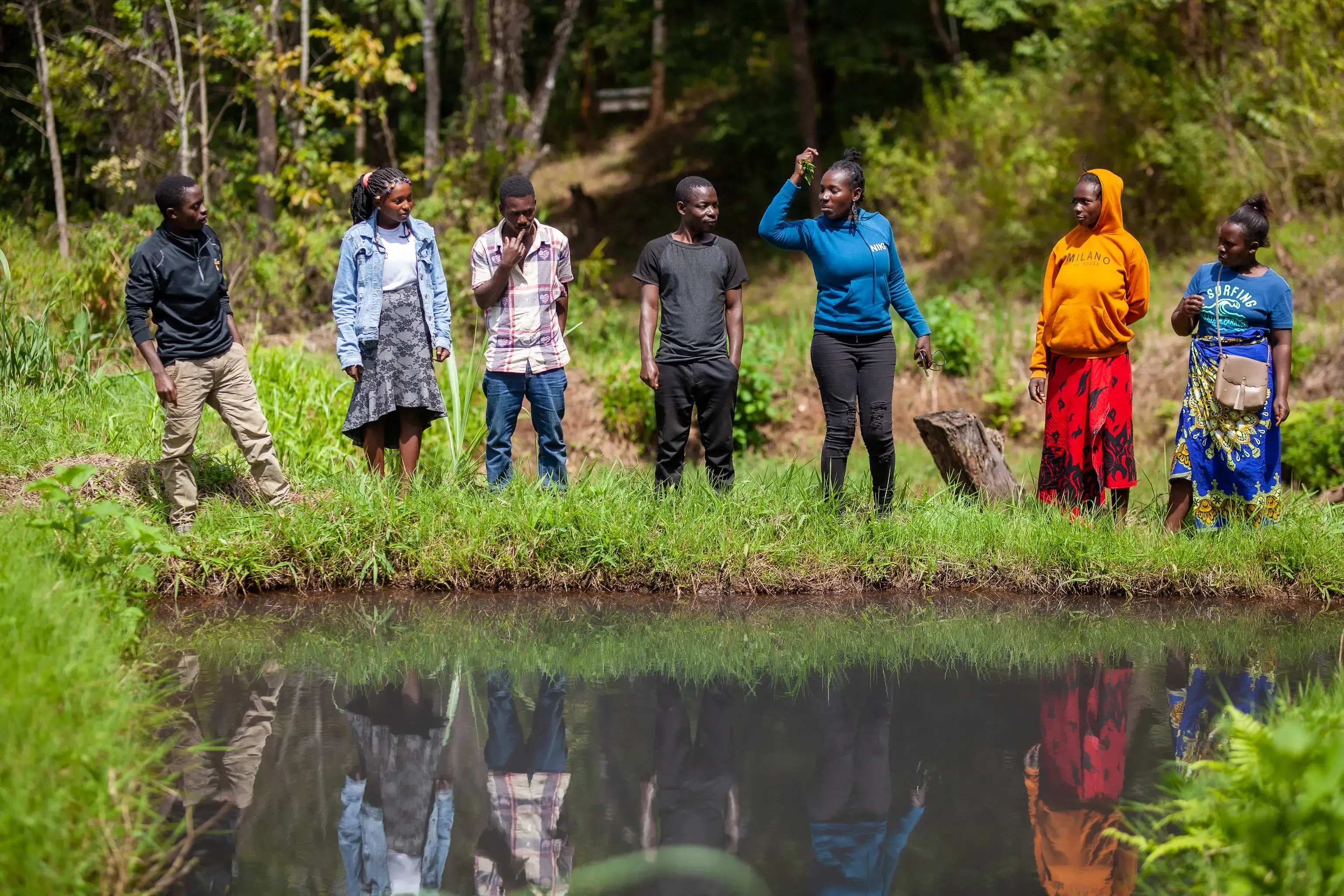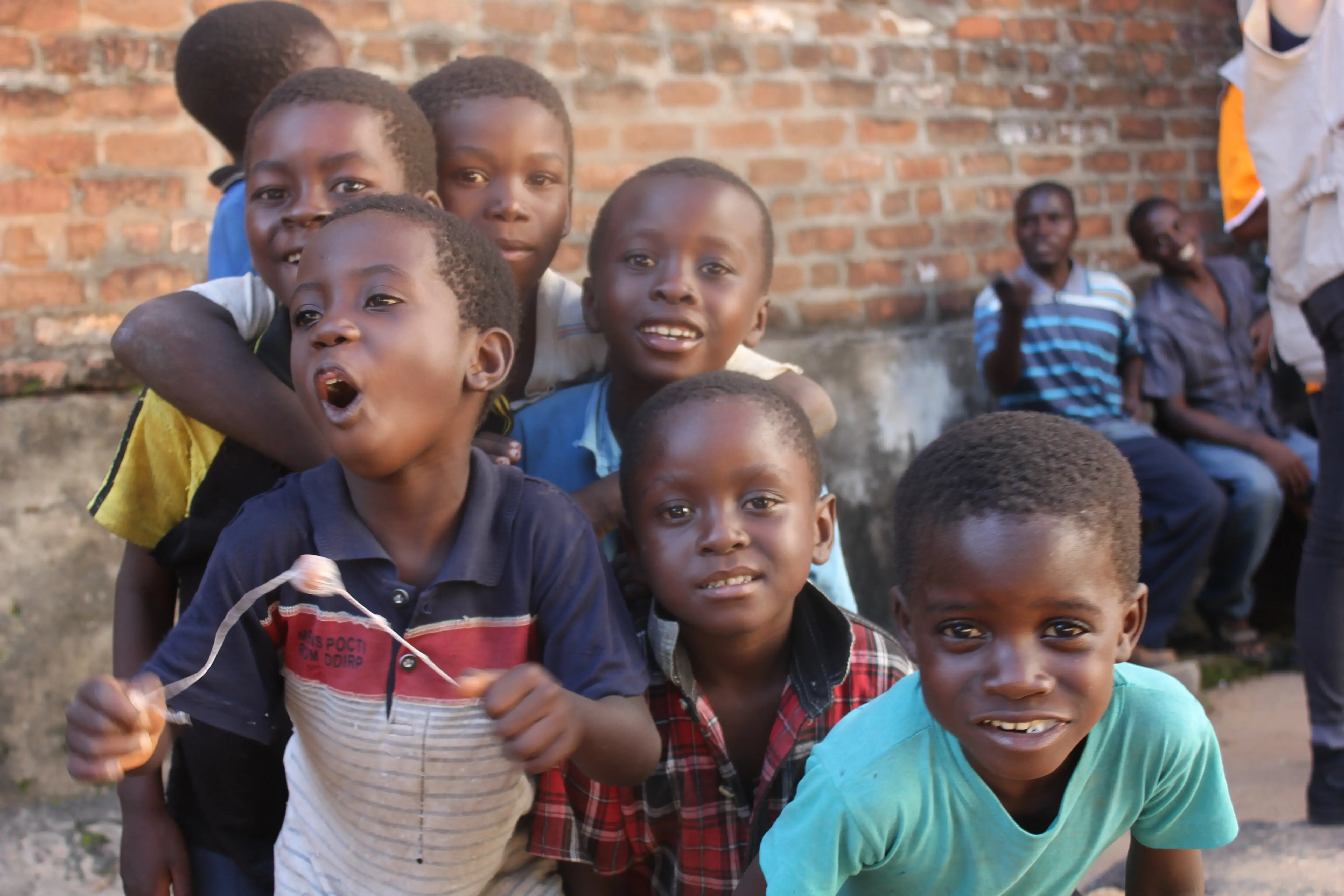The UNFPA Adolescents and Youth Programme in Malawi aims to empower young people, aged adolescents and youth, to make informed decisions about their lives and realize their sexual and reproductive health and rights (SRHR). The program is designed to facilitate healthy decision-making, build resilience and leadership skills, and provide access to opportunities for reaching their full potential.
Five Areas of Action:
The uniqueness of the program lies in its comprehensive and integrated approach across five key areas:
- Policy and Advocacy: Focused on influencing policies related to adolescents and youth.
- Community-level Interventions: Addressing social determinants through targeted community-level actions.
- Education and Communications: Employing strategies for social behavior change and comprehensive sexuality education.
- Health System Interventions: Ensuring health systems are equipped to address the needs of adolescents and youth.
- Technology and Innovation: Utilizing digital tools to enhance program effectiveness.
Key Initiatives Supported by UNFPA:
Mentorship Programme:
The program includes a mentorship initiative conducted in safe spaces and school clubs. This provides a platform for open discussions on sexual reproductive health and rights (SRHR), enabling young individuals to make informed decisions and access services when needed. An e-monitoring tool is being piloted to enhance the effectiveness of this mentorship program in three districts.
Breaking the Silence (CSE targeting People with Disabilities):
The UNFPA adopts the 'Breaking the Silence' (BtS) approach to Comprehensive Sexuality Education (CSE), specifically tailored for learners with disabilities. The evidence-based curriculum covers various aspects, including the intersection between disability and SRHR, facilitating teaching techniques, and practical tools for CSE. This approach extends beyond schools to include parenting support and community engagement.
Parental-Child Communication:
UNFPA collaborates with partners to bridge the communication gap between parents and adolescents through Parent-Child Communication (PCC) trainings. Facilitators conduct sessions using a manual developed with the Ministry of Youth's support. The goal is to improve communication within families and assess the impact through follow-ups.
Innovation and Digitalization:
An innovative digital app based on the Ministry of Education Life Skills curriculum has been developed by UNFPA in collaboration with UNICEF and VSO. The app, rolled out to 28 schools, explores alternative teaching methodologies. UNFPA is engaging with the Ministry of Education to integrate the app as a standalone digital program.
Outreach Services:
To ensure accessibility, UNFPA supports monthly and quarterly outreach and mobile clinics for SRHR and Youth Friendly Health Services (YFFHS). This involves sensitizing communities and providing door-to-door SRHR information and services, with special attention to adolescents and youth with disabilities.
Youth Engagement on Climate Change:
The program empowers young people with information about climate change, linking it to SRHR/CSE. Implemented in six districts through youth network groups and clubs, this initiative enhances the understanding and responsiveness of young individuals to global challenges.
School Health Programming:
UNFPA supports partners in providing age-appropriate information on SRHR, health, nutrition, and Covid-19 to existing school clubs for students in Standard 5 to 8. Health workers conduct assessments, offer psychosocial support, and provide referrals. Teachers are also trained to complement health worker visits.
Key Milestones:
Significant achievements during the current Country Program Document (CPD) include the development of the National Youth Investment Plan, pending cabinet approval, and the revision of the National Youth Policy. The Life Skills/CSE Digital app has been developed and is being rolled out to 28 schools. Additionally, a Junior Farmer Field School intervention is underway in Mchinji district, reaching over 1,200 adolescents and young people.





